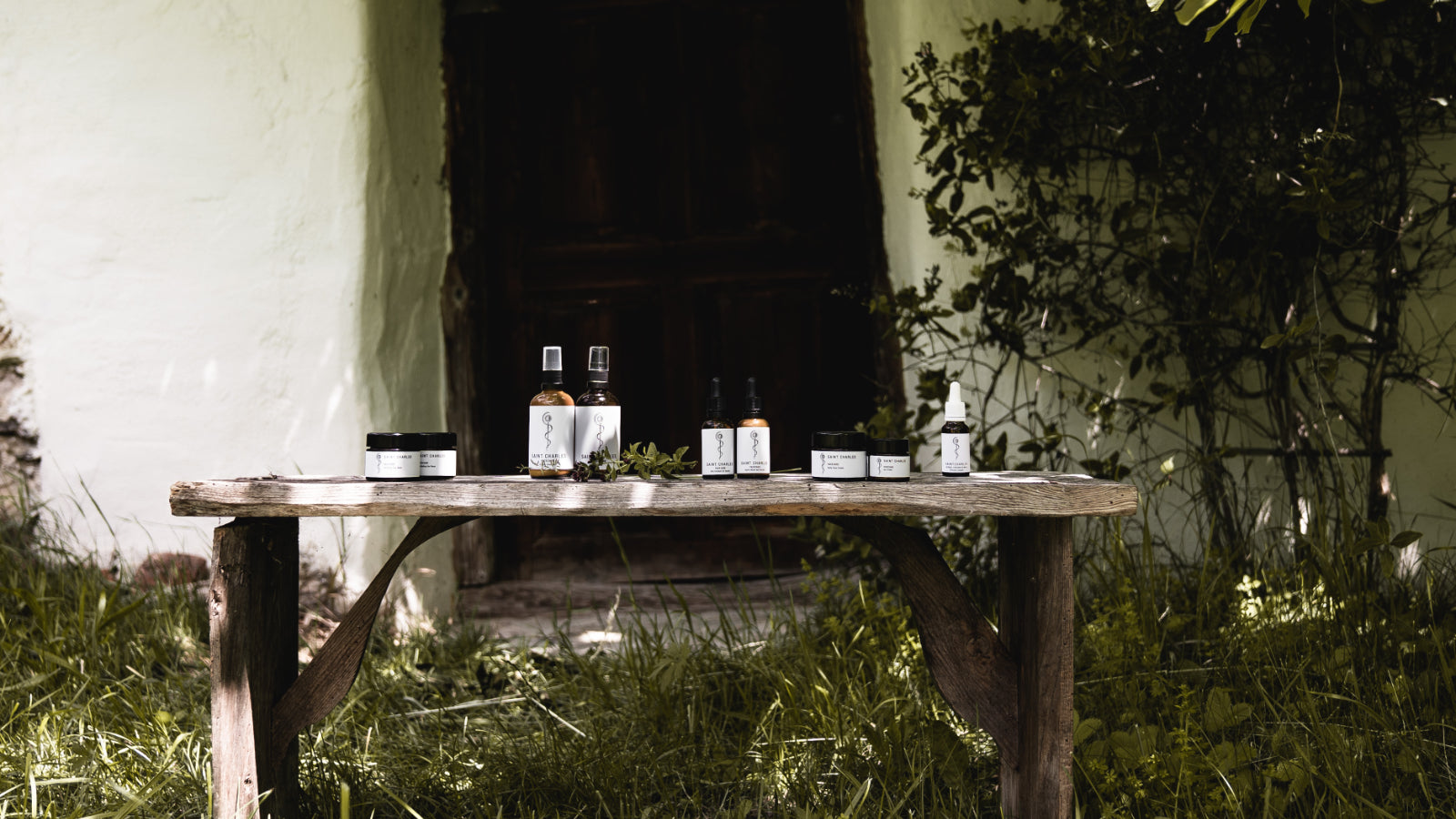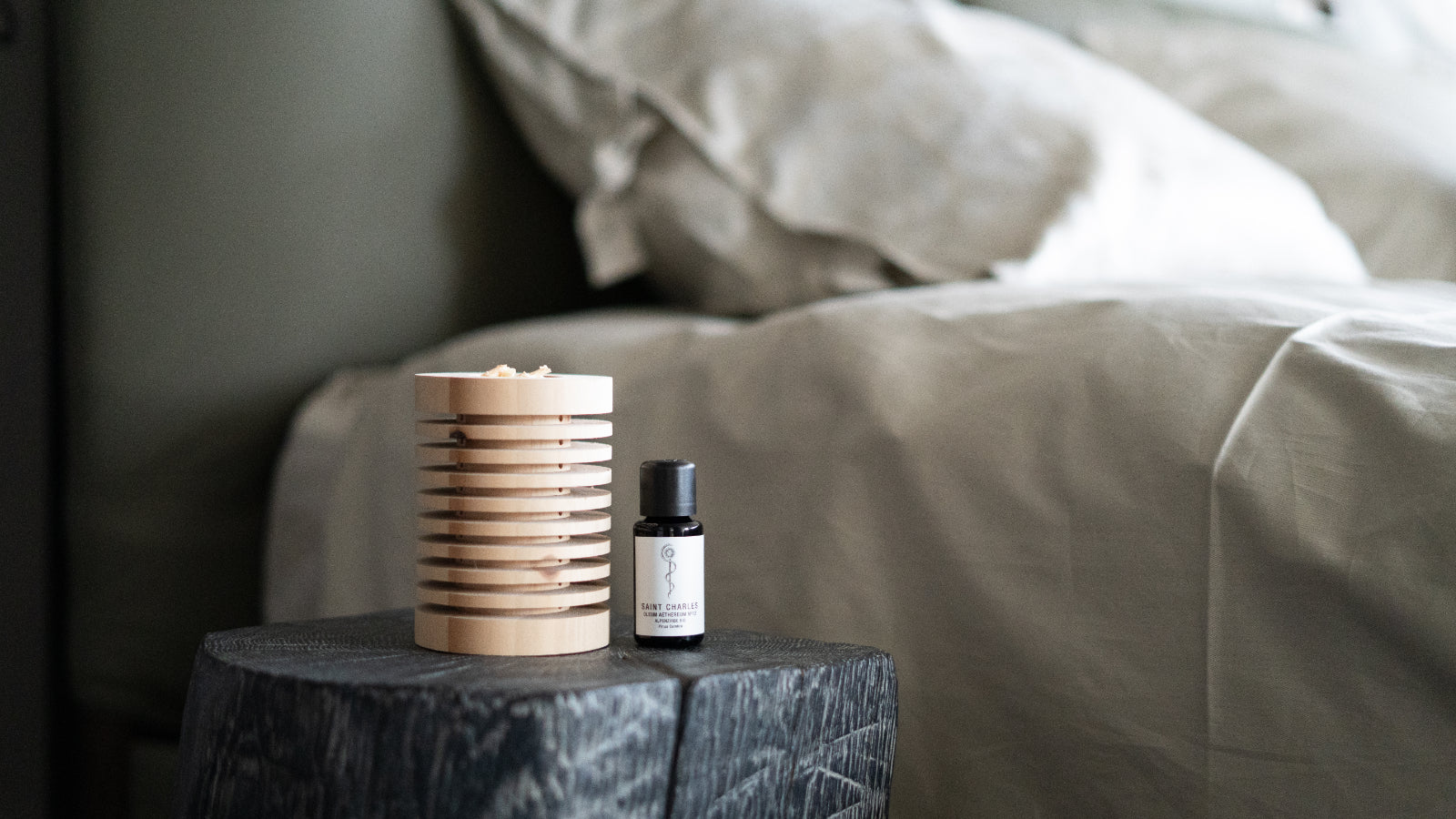Lemon balm (Melissa officinalis) belongs to the Lamiaceae family. Because it smells strongly of lemons, it is also called lemon balm. Roman and Greek doctors already knew about the healing effect of lemon balm. At that time, it was mainly used for scorpions, spider or dog bites. However, lemon balm was also considered a household remedy for colds, as well as stomach complaints and for calming the heart and nerves. In the Middle Ages, it even had to be cultivated in every monastery garden by decree, because even then it was considered very valuable and indispensable.
The effect of lemon balm
Lemon balm is valued for its soothing and anti-flatulent effect . The essential oil of lemon balm contains a complex mixture of healing ingredients. The main active ingredients are citral and citronellal. The totality of these ingredients has a calming, sleep-inducing (2-3 tablespoons of hydrolate taken lukewarm), flatulence-inducing effect. Overall, the essential oil of lemon balm can stimulate, cheer up, but also calm and relax. Wounds are disinfected and cooled by the oil due to its antibacterial properties.
Use of Melissa Hydrolate (Extract)
Melissa hydrolate can be used in a variety of ways:
- For anxiety, irritability, sleep disorders, restlessness
- For colds, coughs
- For stomach cramps, stomach ailments
- On wounds
- For insect bites
- For headaches, migraines
- For menstrual cramps
Dosage:
Distribute 3-6 teaspoons of lemon balm hydrolate throughout the day







